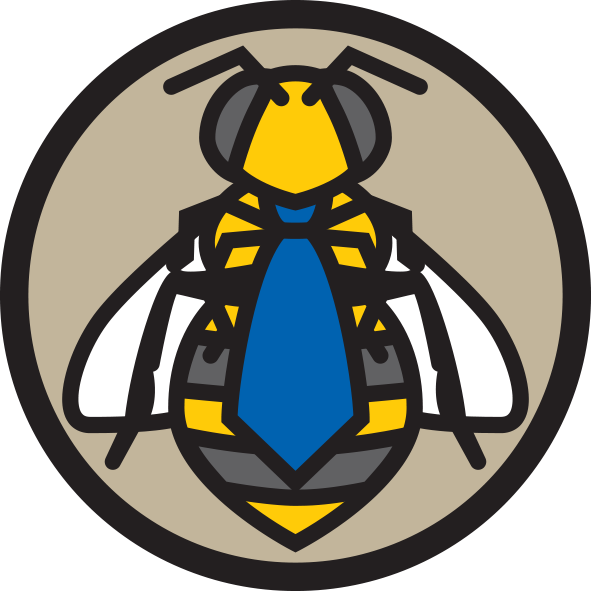Nosemosis is a disease of honey bees caused by the parasites Nosema apis and N. ceranae. Nosemosis often affects adult field bees which can reduce the number of adult bees in the hive that are active and foraging. This causes younger bees to forage at an earlier age, which results in shortened lifespans and lower productivity. Queen bees can also be infected, which reduces their lifespan and egg laying ability.
Video:
Trevor Monson of Monson’s Honey and Pollination discusses the effect of Nosema on honey bee colonies
Colonies infected with Nosemosis are more likely to experience population losses and reduced productivity. Visual symptoms of the disease are diarrhoea, which can be observed around the hive entrance or on frames, swollen and greasy abdomens, crawling behaviour by bees around the hive entrance, disconnected wings and tongues protruding (can also be pesticide poisoning).
Other symptoms such as poor winter survival, poor brood production and poor honey production may be experienced, but they are not always apparent and may be the result of other pests, diseases or conditions. Nosemosis is most apparent in winter and spring when it is too cold for workers to take flights to defecate, resulting in them defecating in the hive. This results in the diseases further spreading within the hive and infecting other adult bees.
Both Nosema species are found in Australia and can be found in a single apiary or hive. A recent AgriFutures Australia-funded project found that N. apis is present in all states and territories other than the Northern Territory, and is not found in Queensland north of Bundaberg. Nosema ceranae is found in all states and territories, but not south-western Western Australia.
The effects of Nosemosis can be managed by implementing the following management practices:
- Reduce colonies to one or two boxes for winter
- Avoid moving or inspecting hives during winter
- Ensure that colonies are left with adequate stores to survive the winter (more than half a box)
- Ensure hives are in warm sunny positions from autumn to spring
- Avoid feeding supplements in winter unless to prevent starvation, it is better to perform supplemental feeding in autumn
- Elevate hives to keep them dry
- Decontaminate equipment or use a barrier system to prevent disease spread
- Requeen colonies regularly
- Replace old brood combs
Acknowledgements:
- BeeAware
- Somerville & Hornitzyky (2007) Nosema disease. Primefact 699, NSW Department of Primary Industries
- This article was written by Nadine Chapman and reviewed by Sam Malfroy and Mark Page.

